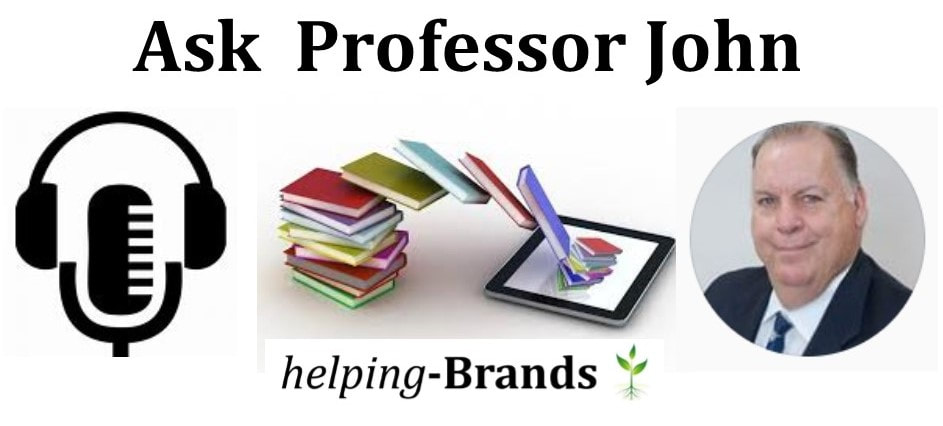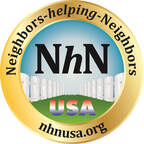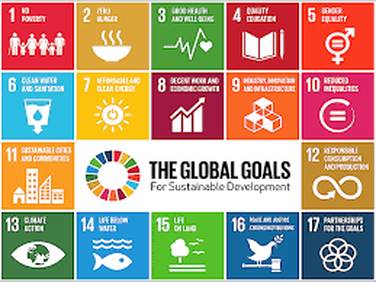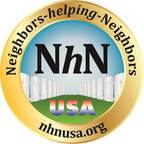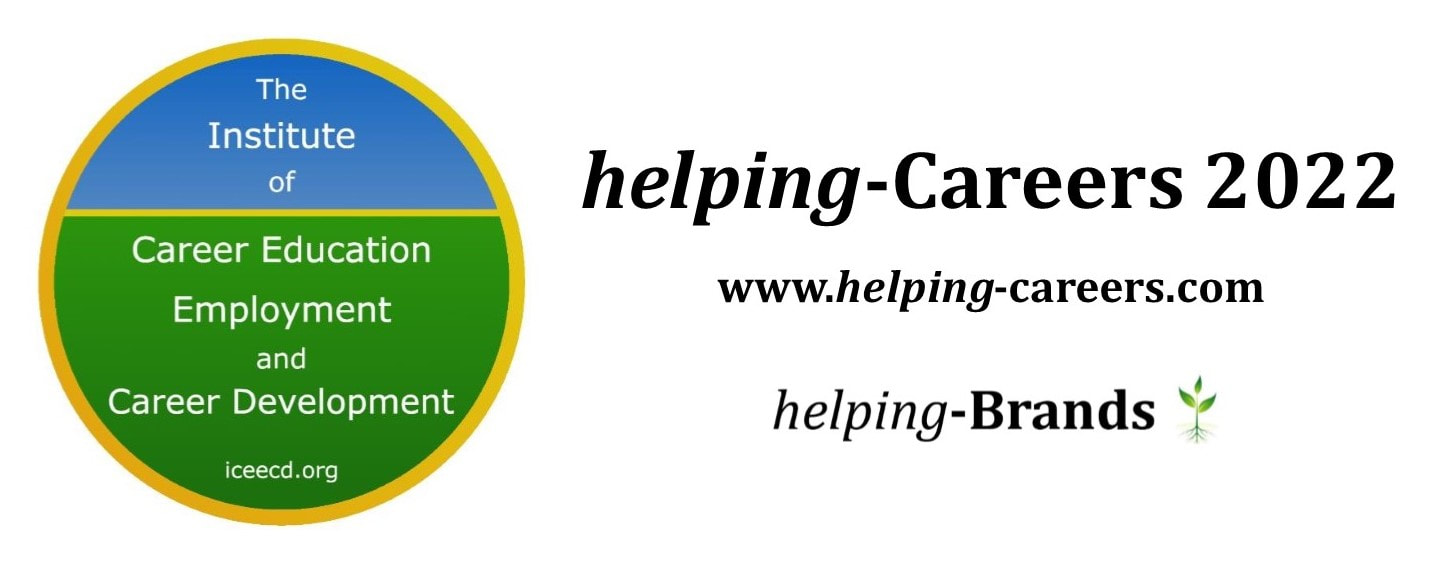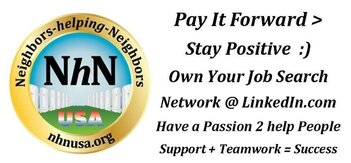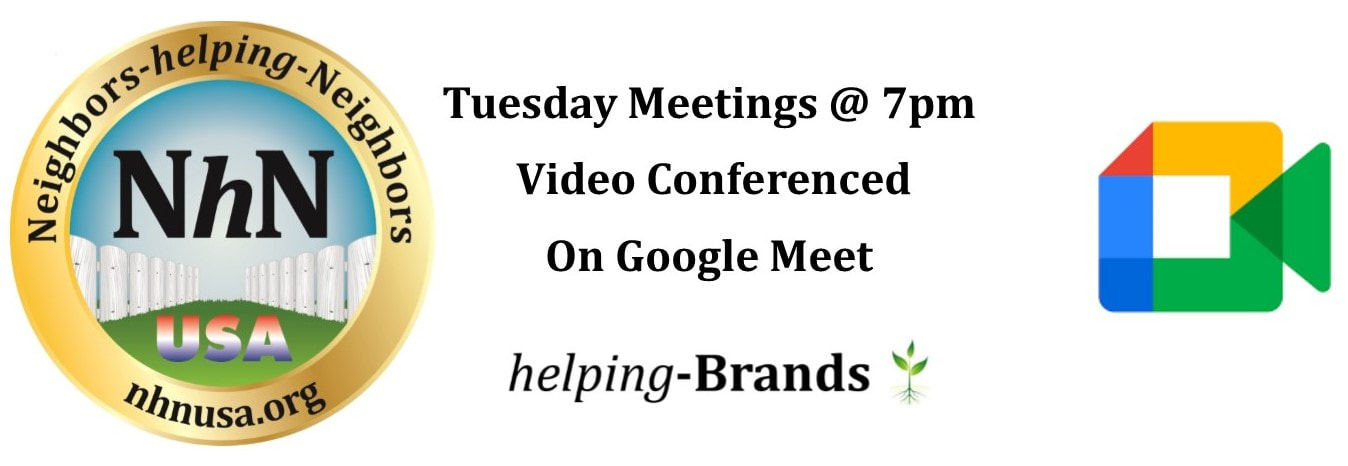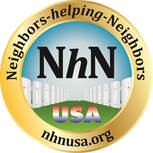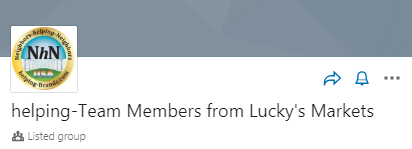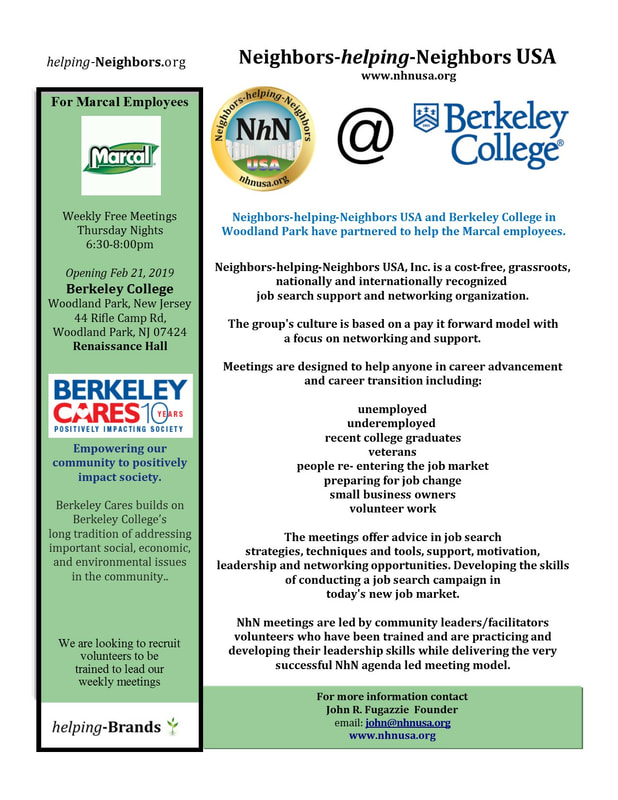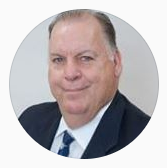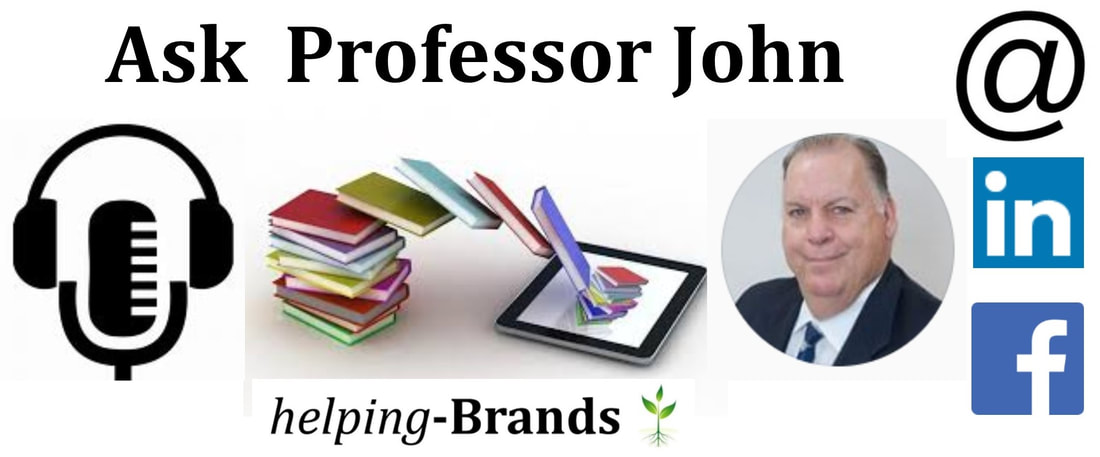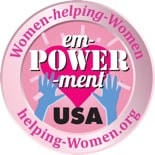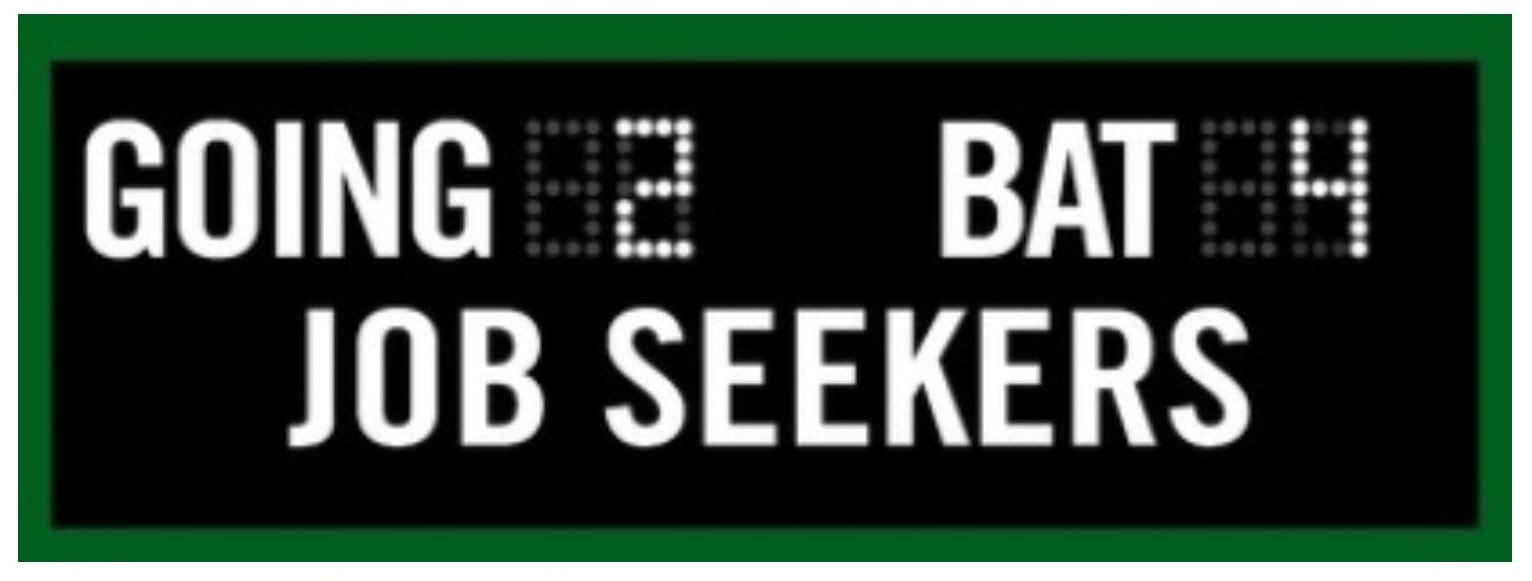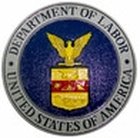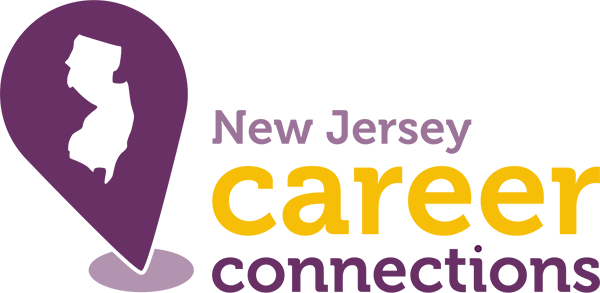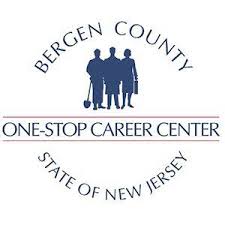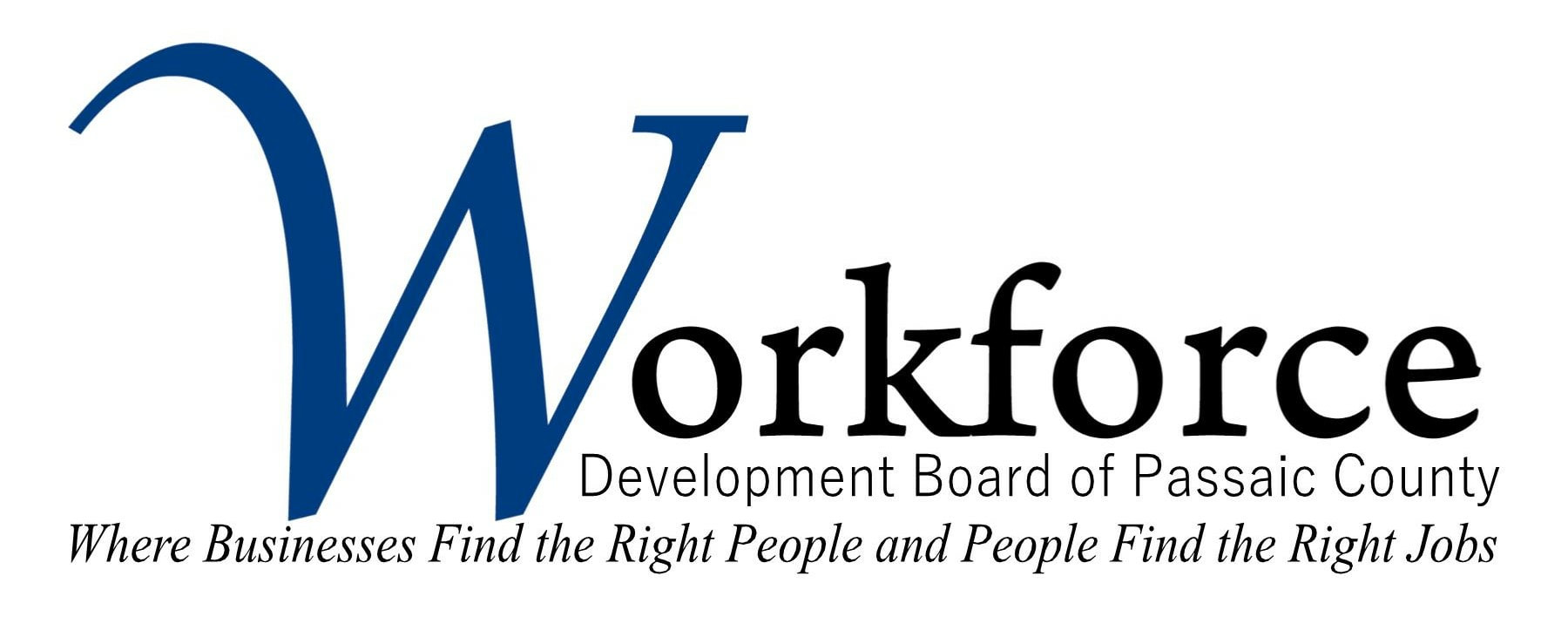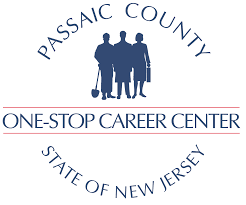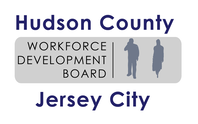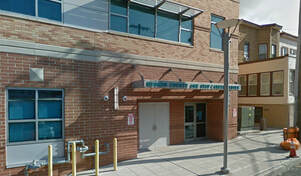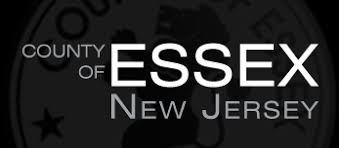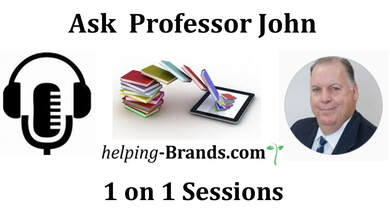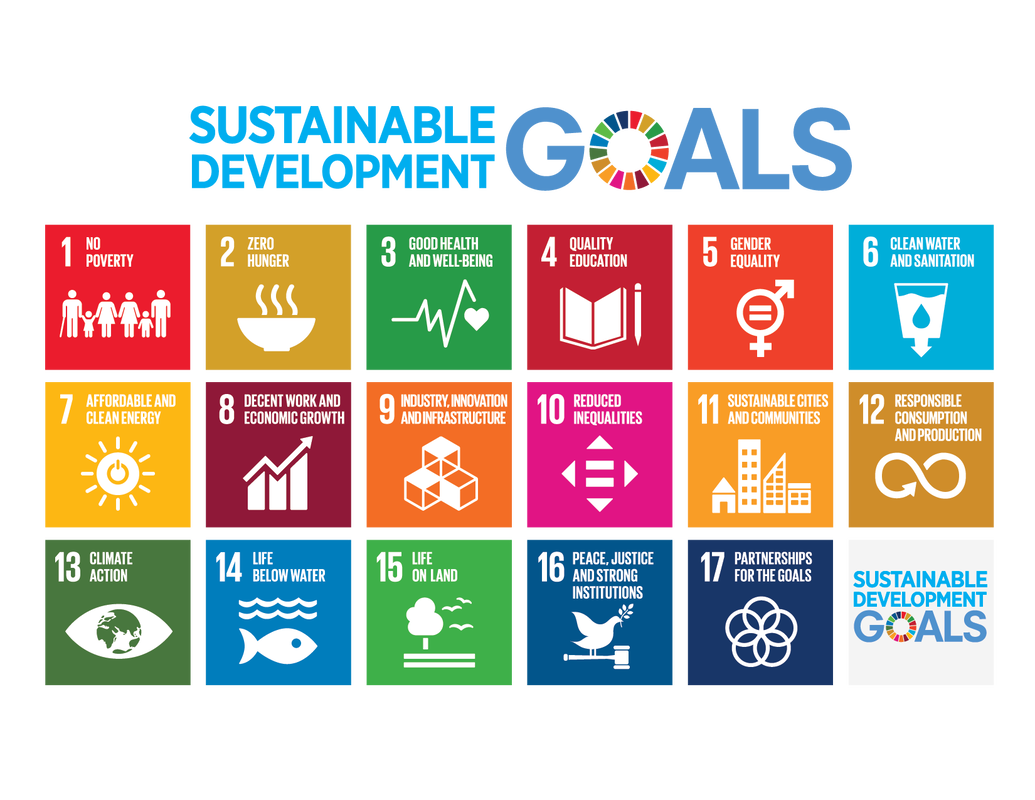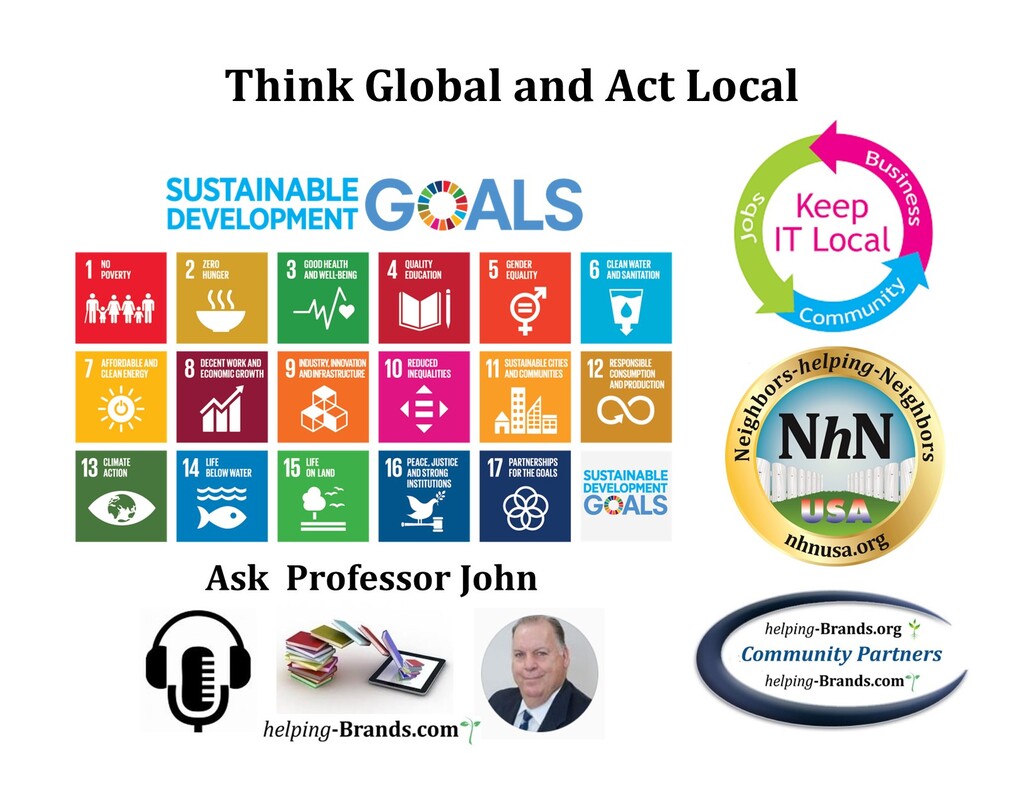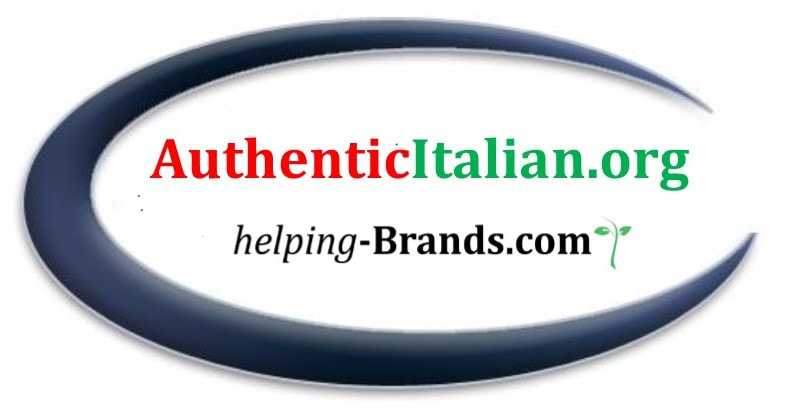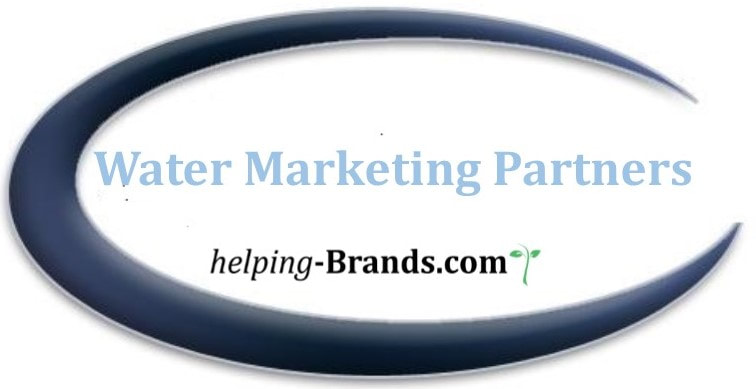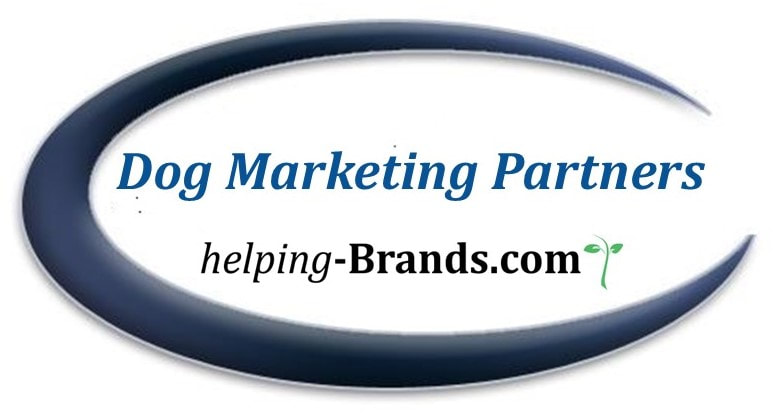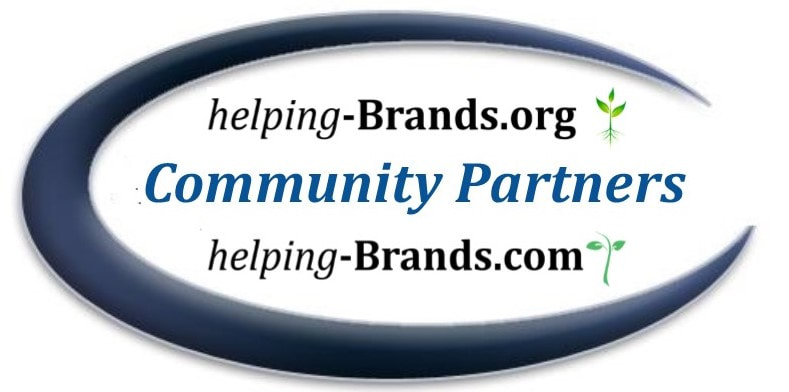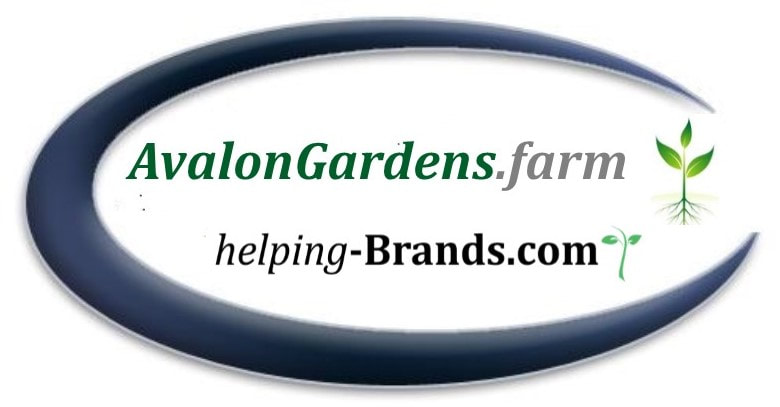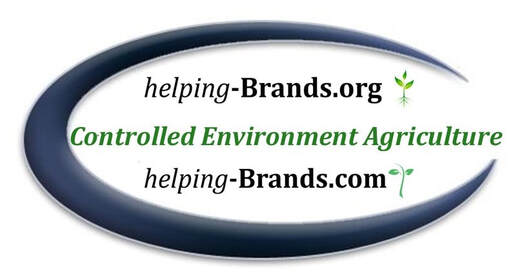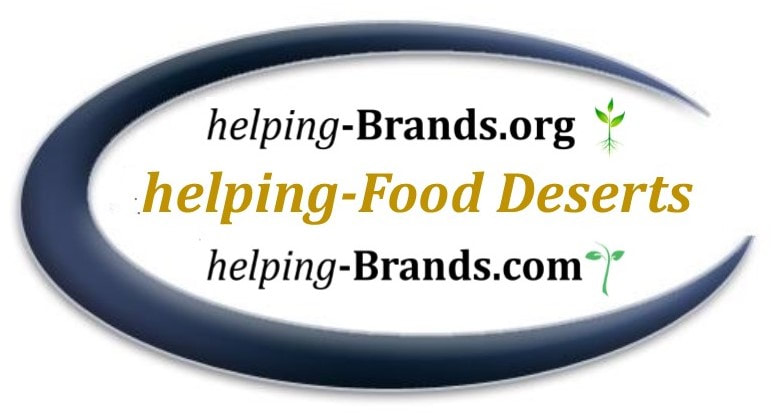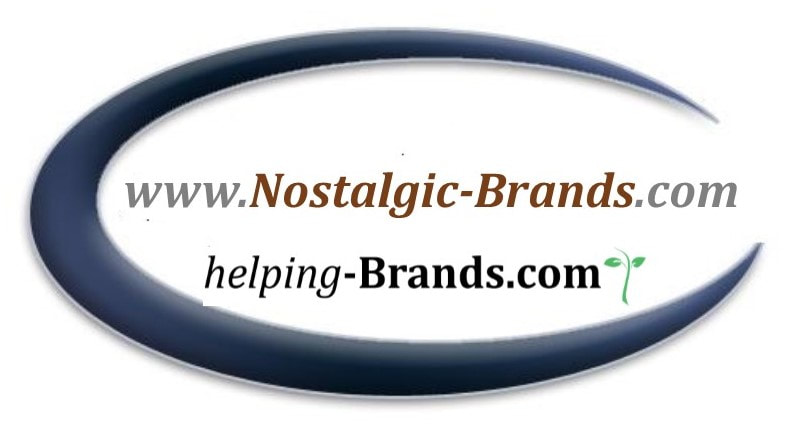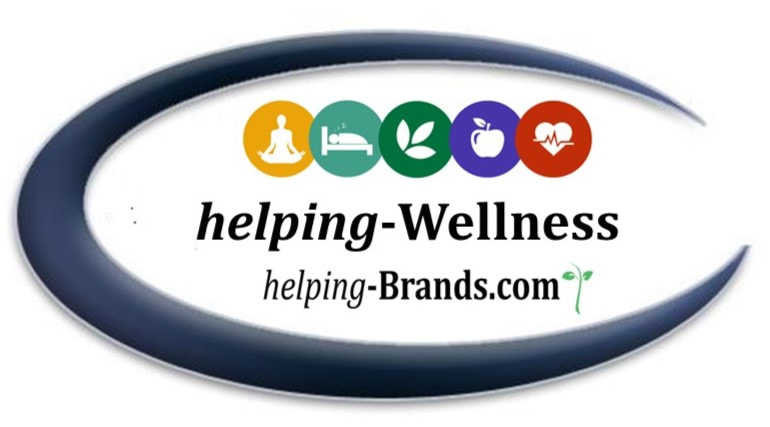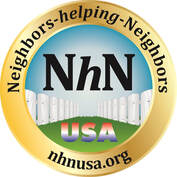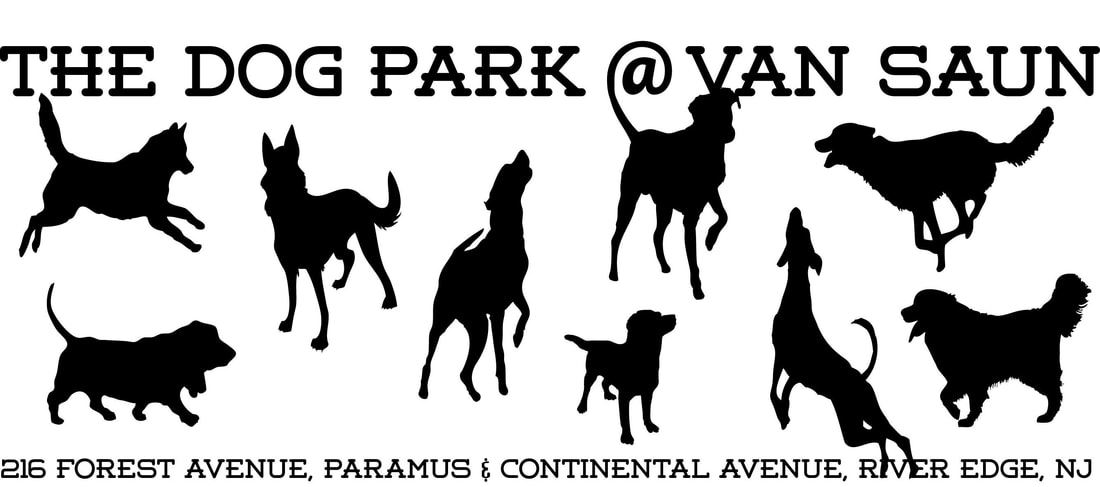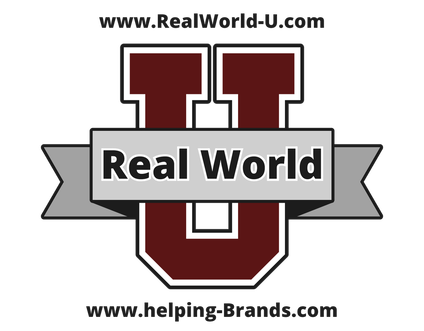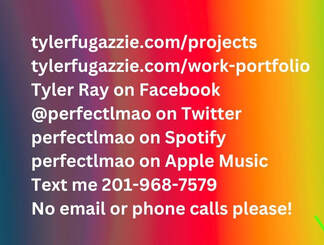|
The Sustainable Development Goals are:
|
The 2030 Agenda for Sustainable Development,
adopted by all United Nations Member States in 2015, provides a shared blueprint for peace and prosperity for people and the planet, now and into the future. At its heart are the 17 Sustainable Development Goals (SDGs), which are an urgent call for action by all countries - developed and developing - in a global partnership. They recognize that ending poverty and other deprivations must go hand-in-hand with strategies that improve health and education, reduce inequality, and spur economic growth – all while tackling climate change and working to preserve our oceans and forests. |
|
Job Search 2021-22 OverviewJob Search GroupingJob Search ToolsLeadershipCommunity|VolunteerismAlternative EmploymentBranding|Marketing UCareer TransitionEducation|Training|SkillsMental AttitudeAssessmentChange | CultureInterviewingLinkedIn.comNetworkingResearch|PlanningResumes |Covers |LISocial MediaSalary Negotiation
Special Community EffortsJanuary 2020
Set up emergency effort to connect supermarket employees who suddenly lost their jobs. 193 joined group, connected with other chains in my network, many landed jobs quickly.
Marcal Feb 2019Fire burned down factory, set up effort to help recconnet them to new employment and connect with state benefits.
Message from CEO Rob Baron
From: Rob Baron
To: John R. Fugazzie <[email protected]> Sent: Sun, Feb 10, 2019 12:28 pm Thanks John. I appreciate you helping our associates. They are a great workforce and deserve employment. Rob Rob Baron Chief Executive Officer Soundview Paper Company One Market Street Elmwood Park, NJ 07407-1401 ArticlesWatch: Drone Flyover of Marcal Paper Fire Aftermath The eight-alarm ripped through the Elmwood Park facility Wednesday night. The flames lit up the night sky and embers blew onto Rt. 80. By Daniel Hubbard, Patch Staff | 1.31.19
Join LinkedIn Group > helping-Neighbors.org now helping Marcal Paper employees |
Women's Rights Information Center
108 West Palisade Ave. Englewood, NJ 07631 201.568.1166 Register on Eventbrite USDOL BlogWilliam H. Schulz, Manager
New Jersey Division of Vocational Rehabilitation Services 438 Summit Avenue, Sixth Floor Jersey City, NJ 07306-3187 phone: 201-217-7180 fax: 201-217-7287 email: [email protected] LOCAL DVRS OFFICES: Bergen County DVRS: 60 State Street 2nd Floor Hackensack, New Jersey 07601-5471 Phone: 201-996-8970 Fax: 201-996-8880 VP: 973-968-6556 Passaic County (Paterson): 200 Memorial Drive 1st Floor Paterson, New Jersey 07505 Phone: 973-742-9226 Fax: 973-279-5895 VP: 973-968-6556 Essex County (Newark): 990 Broad Street 2nd Floor Newark, New Jersey 07102 Phone: 973-648-3494 Fax: 973-648-3902 VP: 862-772-7166 Hudson County (Jersey City): 438 Summit Avenue 6th Floor Jersey City, New Jersey 07306-3187 Phone: 201-217-7180 Fax: 201-217-7287 VP: 201-942-0085 NJ One Stop Locations
|
|
Mark Bocchieri
Director of External Affairs, Verizon Chairperson, Bergen County WDB Kevin Tarantino Manager, SUEZ NA Talent Acquisition, SUEZ Vice-Chair, Bergen County WDB Greg Janz Director,
|
Beth Marmolejos, Madame Chair
Executive Advisor IT Account Empire Blue/ NY Individual and Small Group Business and Industry Mike Powell, WDB Vice-Chair Director City of Paterson Economic Development Passaic One Stop Career Center,
|
Hudson County One Stop
|
Jersey City One Stop
|
Essex County One Stop Manager: Margaret Tyson
|
One-Stop Career Center
|
Bergen County | Passaic County - Passaic | Passaic County - Paterson Essex County - East Orange | Essex County - Newark
Hudson County - Jersey City | Hudson County - Union City
Morris County - Morris Plains | Morris County - Randolph
Warren County | Sussex County
Union County - Elizabeth | Union County - Plainfield
Middlesex County - New Brunswick | Middlesex County - Perth Amboy
Monmouth County - Eatontown | Monmouth County - Neptune
Hudson County - Jersey City | Hudson County - Union City
Morris County - Morris Plains | Morris County - Randolph
Warren County | Sussex County
Union County - Elizabeth | Union County - Plainfield
Middlesex County - New Brunswick | Middlesex County - Perth Amboy
Monmouth County - Eatontown | Monmouth County - Neptune
With years of experience and highly proven skills you may want to consider the various forms of Alternative Employment. Opening your own contacting, entrepreneurship, freelancing and/or building a professional practice.
In many cases the same skills you have learned and demonstrated in years working for others can be the platform of preparation for your own business.
The skills to network, personal branding and using LinkedIn will all be of use in your building a small business. As our economy continues to move into a alternative employment environment it is better to go where the opportunities are growing.
Projections are as we move to a contractor based economy there will be 50% of jobs that are independent contractors by the year 2020. As companies cut costs and do not want to fund benefits and medical insurance the move to using contractors to replace full time employees is moving at a rapid pace
In many cases the same skills you have learned and demonstrated in years working for others can be the platform of preparation for your own business.
The skills to network, personal branding and using LinkedIn will all be of use in your building a small business. As our economy continues to move into a alternative employment environment it is better to go where the opportunities are growing.
Projections are as we move to a contractor based economy there will be 50% of jobs that are independent contractors by the year 2020. As companies cut costs and do not want to fund benefits and medical insurance the move to using contractors to replace full time employees is moving at a rapid pace
Attitude
Stress Management
Scientists tell us that uncertainty is stressful because it keeps people in a constant state of heightened awareness. The human body performs best when it has some idea of what to expect. When it's kept guessing, it can never settle down to an optimally effective strategy for action. During your transition, you may experience what is often referred to an "Emotional Roller Coaster," based on how you view your situation at any particular moment in time.
Advise that some may not actually get on this roller coaster. Others ride it through one time and jump off at relief. Still others may find they move back and forth through these emotions.
Emotions are an inherent part of change and transition. They cannot be skipped and should not be stuffed. Creativity and growth are also part of this process.
Stress management is within the control of the participant. Accepting responsibility for self-management is the first step in regaining a sense of control overall.
Difficult situations become easier when we talk about them and practice dealing with them. Such practice prepares the participant to handle any situation which may occur.
Scientists tell us that uncertainty is stressful because it keeps people in a constant state of heightened awareness. The human body performs best when it has some idea of what to expect. When it's kept guessing, it can never settle down to an optimally effective strategy for action. During your transition, you may experience what is often referred to an "Emotional Roller Coaster," based on how you view your situation at any particular moment in time.
Advise that some may not actually get on this roller coaster. Others ride it through one time and jump off at relief. Still others may find they move back and forth through these emotions.
Emotions are an inherent part of change and transition. They cannot be skipped and should not be stuffed. Creativity and growth are also part of this process.
Stress management is within the control of the participant. Accepting responsibility for self-management is the first step in regaining a sense of control overall.
Difficult situations become easier when we talk about them and practice dealing with them. Such practice prepares the participant to handle any situation which may occur.
Managing Change:
The job market and the process to find jobs has greatly evolved and changed over the past 5 10 to 15 years. You must understand the dynamics of today’s job search market and not just apply old techniques to your new job search campaign. The economy is very different and the way companies are bottom line short term focused is a factor you need to understand and have a strategy to deal with it.
The stress of this process is very intense and you need to manage that so you can be effective in all your interactions with key players in your efforts to landing your new job.
Technology, globalization and changes in corporate cultures and financial focus has changed the job market forever. The shift of jobs from full time with benefits to temporary and contract is a trend that is growing and continuing to grow. You cannot ignore this as a way back to work. For many this could be the perfect time to start your own business and sell your years of expertise you have accumulated and used in your corporate life.
The past several years have seen the emergence of several forces that are changing industries and organizations at an accelerating pace. From technology disruptions and globalization to the changing expectations of the incoming workforce to a sometimes bewildering series of mergers and acquisitions, the demands of constant change have become ubiquitous for many organizations.
In response, many organizations have formalized change management, the management of change and development within a business or similar organization, in order to increase the likelihood of success. In addition, new collaboration and learning technologies are creating opportunities for leveraging Learning & Development (L&D) earlier in the change process to educate employees about change, build buy-in and prepare employees for the change to come.
The job market and the process to find jobs has greatly evolved and changed over the past 5 10 to 15 years. You must understand the dynamics of today’s job search market and not just apply old techniques to your new job search campaign. The economy is very different and the way companies are bottom line short term focused is a factor you need to understand and have a strategy to deal with it.
The stress of this process is very intense and you need to manage that so you can be effective in all your interactions with key players in your efforts to landing your new job.
Technology, globalization and changes in corporate cultures and financial focus has changed the job market forever. The shift of jobs from full time with benefits to temporary and contract is a trend that is growing and continuing to grow. You cannot ignore this as a way back to work. For many this could be the perfect time to start your own business and sell your years of expertise you have accumulated and used in your corporate life.
The past several years have seen the emergence of several forces that are changing industries and organizations at an accelerating pace. From technology disruptions and globalization to the changing expectations of the incoming workforce to a sometimes bewildering series of mergers and acquisitions, the demands of constant change have become ubiquitous for many organizations.
In response, many organizations have formalized change management, the management of change and development within a business or similar organization, in order to increase the likelihood of success. In addition, new collaboration and learning technologies are creating opportunities for leveraging Learning & Development (L&D) earlier in the change process to educate employees about change, build buy-in and prepare employees for the change to come.
· Personal Self-Assessment Job Search Tools
· Peer Assessment ( feedback at local networking and support groups)
· Professional Assessment Testing
Work into your resume what you learn from these tests. 16 personalities is free and based on the Myers–Briggs Type Indicator assessment is a psychometric questionnaire designed to measure psychological preferences in how people perceive the world and make decisions.
These preferences were extrapolated by Katharine Cook Briggs and Isabel Briggs Myers from the typological theories proposed by Carl Gustav Jung, and first published in his 1921 book Psychological Types. Jung theorized that there are four principal psychological functions by which we experience the world: sensation, intuition, feeling, and thinking. One of these four functions is dominant most of the time.
Free Self Test - 16 Personalities: http://www.16personalities.com
· Peer Assessment ( feedback at local networking and support groups)
· Professional Assessment Testing
Work into your resume what you learn from these tests. 16 personalities is free and based on the Myers–Briggs Type Indicator assessment is a psychometric questionnaire designed to measure psychological preferences in how people perceive the world and make decisions.
These preferences were extrapolated by Katharine Cook Briggs and Isabel Briggs Myers from the typological theories proposed by Carl Gustav Jung, and first published in his 1921 book Psychological Types. Jung theorized that there are four principal psychological functions by which we experience the world: sensation, intuition, feeling, and thinking. One of these four functions is dominant most of the time.
Free Self Test - 16 Personalities: http://www.16personalities.com
Learning how to use an effective Career Planning model incorporating ideas about what you will do, geographic considerations and what compensation you are seeking.
Emphasize “Who I am, not what I am” and what I can do” to incorporate “What I did”. Assessing interests, values and preferences (Personal assessment / taking stock)
Evaluating Career options, Assessing the job market, targeted jobs, employers or industries in the changing market)
Emphasize “Who I am, not what I am” and what I can do” to incorporate “What I did”. Assessing interests, values and preferences (Personal assessment / taking stock)
Evaluating Career options, Assessing the job market, targeted jobs, employers or industries in the changing market)
Join Industry specific groups/associations to continue to build your network and to stay abreast with what is going on in your industry. Join all trade magazine sites for your field.
Go to your local DOL and Unemployment/One Stop office and speak to a counselor about what they can offer you to assist with job search (ex: resume writing session, technology classes, etc...) and sign up for all available offerings
Go to your local library and speak to the Library Director about available hard copy and electronic tools available for your job search.
Use your networking and LinkedIn to find a mentor from the industry you want to work in.
Go to your local DOL and Unemployment/One Stop office and speak to a counselor about what they can offer you to assist with job search (ex: resume writing session, technology classes, etc...) and sign up for all available offerings
Go to your local library and speak to the Library Director about available hard copy and electronic tools available for your job search.
Use your networking and LinkedIn to find a mentor from the industry you want to work in.
Consider working with a Career Coach (fee based) if you can afford it. Make sure that coach has proper credentials, and seek out references from people who have used them.
Networking
Networking is the best way to find a job, because the vast majority of job vacancies are never advertised; they’re filled by word of mouth. What is meant by networking? Networking is nothing more or less than getting to know people. Although you may not realize it, you’re already networking every day and everywhere you go.
Adopting a networking lifestyle will help you find the right job and making valuable connections in your chosen field. It will also help you to stay focused and motivated during your job search.
Don’t be generic when looking for job leads. Your networking is going to be much more effective if you have specific career goals or employers in mind. Using a line like: “Please let me know if you hear of anything” is of no use, even if you might think that setting such a wide target may bring in the jobs – it won’t. Asking for specific information, or job leads is much more focused and easier for the networking contact.
Prepare a Target List of – establish distances from home, industries, company names, do research on them, bring list to weekly meetings so you can talk from it. (Candidate Networking Profile)
Create a LinkedIn profile and connect with your professional colleagues and other NhN members to build your network. (Once you do, join the Neighbors-helping-Neighbors USA LinkedIn Group) also join other job search groups in your area.
Create a profiles on www.LinkedIn.com , www.Monster.com , Careerbuilders.com, glassdoor.com, simplyhired.com, specialized industry sites i.e. dice for technology positions www.dice.com
Consider setting up a Job Alert with Indeed.com, , which culls jobs you specify from all sorts of job boards, including Monster and Careerbuilder set up on your specific industry boards.
Visit www.jobs411.org for large list of job search resource links all listed in one place.
Adopting a networking lifestyle will help you find the right job and making valuable connections in your chosen field. It will also help you to stay focused and motivated during your job search.
Don’t be generic when looking for job leads. Your networking is going to be much more effective if you have specific career goals or employers in mind. Using a line like: “Please let me know if you hear of anything” is of no use, even if you might think that setting such a wide target may bring in the jobs – it won’t. Asking for specific information, or job leads is much more focused and easier for the networking contact.
Prepare a Target List of – establish distances from home, industries, company names, do research on them, bring list to weekly meetings so you can talk from it. (Candidate Networking Profile)
Create a LinkedIn profile and connect with your professional colleagues and other NhN members to build your network. (Once you do, join the Neighbors-helping-Neighbors USA LinkedIn Group) also join other job search groups in your area.
Create a profiles on www.LinkedIn.com , www.Monster.com , Careerbuilders.com, glassdoor.com, simplyhired.com, specialized industry sites i.e. dice for technology positions www.dice.com
Consider setting up a Job Alert with Indeed.com, , which culls jobs you specify from all sorts of job boards, including Monster and Careerbuilder set up on your specific industry boards.
Visit www.jobs411.org for large list of job search resource links all listed in one place.
Here’s how to make an elevator pitch for your elevator pitch:
See Job Search Tools
1. Start with a verbal slap.
Most people answer the “What do you do?” question with a single, predictable sentence: “I am an architect.” But the human brain only pays attention to interesting things. If you want to be interesting, you need to stand out. Giving them a verbal slap in the face helps break the patterned thought process that made them ask the question in the first place.
2. Then ask a problem question.
Once you’ve verbally shaken them awake, your next goal is to pose a problem that you suspect they will identify with. This must be spoken as a question. Questions have always been, and always will be, far more engaging than statements.
3. Go to the noddable.
A noddable is an inspirational or wise quote that is so catchy and agreeable, it gets just about everyone nodding. People will agree with these so strongly that they may even let an audible “Mmm!” or an “Amen!” escape their lips. For example: “We’re more connected than ever, but yet … more disconnected than ever.” For additional rapport points, try this advanced technique: pause after the word “yet.” This allows your listener’s own brain to fill in the punchline even before you say it.
4. Finish with the curiosity statement.
This is where you pretend to answer the “what do you do?” question. However, your answer will only want to make them ask another question. Here’s the simple formula for a good curiosity statement:
“I help/teach ______ (ideal client) to ________ (feature) so they can _______ (benefit).”
The last thing you want to do is to make a potential client feel like he’s being pitched to. If you get the sense that it’s turning into a commercial instead of a conversation, then you’re doing it wrong. Stop pitching and ask another question.
See Job Search Tools
1. Start with a verbal slap.
Most people answer the “What do you do?” question with a single, predictable sentence: “I am an architect.” But the human brain only pays attention to interesting things. If you want to be interesting, you need to stand out. Giving them a verbal slap in the face helps break the patterned thought process that made them ask the question in the first place.
2. Then ask a problem question.
Once you’ve verbally shaken them awake, your next goal is to pose a problem that you suspect they will identify with. This must be spoken as a question. Questions have always been, and always will be, far more engaging than statements.
3. Go to the noddable.
A noddable is an inspirational or wise quote that is so catchy and agreeable, it gets just about everyone nodding. People will agree with these so strongly that they may even let an audible “Mmm!” or an “Amen!” escape their lips. For example: “We’re more connected than ever, but yet … more disconnected than ever.” For additional rapport points, try this advanced technique: pause after the word “yet.” This allows your listener’s own brain to fill in the punchline even before you say it.
4. Finish with the curiosity statement.
This is where you pretend to answer the “what do you do?” question. However, your answer will only want to make them ask another question. Here’s the simple formula for a good curiosity statement:
“I help/teach ______ (ideal client) to ________ (feature) so they can _______ (benefit).”
The last thing you want to do is to make a potential client feel like he’s being pitched to. If you get the sense that it’s turning into a commercial instead of a conversation, then you’re doing it wrong. Stop pitching and ask another question.
When you get into a networking situation you need to be able to quickly and concisely tell the other person who you are and what your job goals are and how they can help you with networking towards those goals. You want to leave that person no matter how short of a time with a memory of you and where they would reach out for you should they come across something that you are interested in.
Prepare both a 30 second and a 2-minute written "Elevator Pitch" to share and practice with your friends/family/colleagues/and job search weekly meeting members.
Prepare both a 30 second and a 2-minute written "Elevator Pitch" to share and practice with your friends/family/colleagues/and job search weekly meeting members.
Order personal business cards for networking use (Suggested sources: Vistaprint.com - office supply stores or local printers)
LinkedIn.com
LinkedIn as a tool
1. Define Your Job Search Strategy The first step is to define your strategy. Here are some ways you can do that:
Define your target market Before you can structure your job search, you have to define what kinds of positions you will search for – the titles, levels of roles, industries, and types of companies you will pursue. At this stage, you should also be defining your preferred geographic areas and commute ranges.
Clarify your search goals and timeline When do you hope to land your new role? Is your expectation realistic and achievable? If you want to generate one or more job offers by a particular date, it will be imperative to plan backward to ensure your search is generating enough contacts and opportunities to make that happen.
Determine if the market you’re targeting aligns with your goals and timeline On average, it takes seven job interviews to produce one job offer, and 200-300 targeted opportunities to generate those seven interviews. This means that you need to have a minimum of 200-300 prospects to pursue in your search to be likely to catalyze interview invitations.
Choose and prioritize your job search methodologies There are five primary job search methodologies to leverage in your search. Which of them best match your career goals, personality, target industries, and available search time?
2. Build Your Career Communications Portfolio Step two is to build your communications portfolio. Here are some tips:
Select your career communications tools based on your job search strategyOnce your job search methodologies are clarified, you’re ready to choose the career communications tools you will need. A new resume (why a resume isn’t an effective networking tool) and LinkedIn profile are practically must-haves, but you may also need a bio or marketing brief for networking, one or more cover letters, or supplementary tools such as an interview PowerPoint presentation.
Define your career brand In today’s tight global economy, your career brand is more important than ever before. Detail yours and share it appropriately in each career communications tool you use in your search. Make sure you adapt your brand for usage in each tool in different ways.
Delineate and quantify your career achievements Achievements are a necessity in resumes; without them, your document is incomplete. Remember that achievements are best highlighted in specific ways that detail the situation or problem you faced, the actions you took to resolve the situation, and the quantifiable results you achieved in doing so.
Determine which key words to infuse in your career communications tools Keywords vary from industry to industry and role to role. As a result, you must tailor your resume for each new position you pursue with relevant key words. Additionally, your LinkedIn profile must be infused with key words.
Choose visual branding in alignment with your target market and career goals Your personal brand can and should be conveyed in your career communications tools in words, but don’t overlook visual elements as well. Visual branding refers to the use of color and formatting in your resume that makes it unique.
3. Implement Your Job Search Strategy The third and final step is to implement your strategy. Here are some ways to get this step done:
Create a weekly job search implementation plan with metrics An effective job search plan needs clear metrics to help fuel week-over-week achievement. If you’re approaching the 200-300 targets suggested above, consider breaking that total down into weekly sub-goals that will allow you to exhaust your list in 3 to 6 months.
Craft a weekly LinkedIn action plan with metrics May I suggest doing the same thing with LinkedIn? It’s easy to overlook such features as company targeting, group discussion posts, and status updates, but each of these options can help supercharge your search when leveraged fully and consistently.
Analyze your job search implementation monthly and revamp as needed By setting metrics to pursue in your search you can evaluate how it’s unfolding. Without metrics, you won’t know how to analyze your progress or identify aspects of your search that need improvement.
Perhaps most importantly, a job search plan such as this one helps you to reassess your progress at periodic intervals. If you find yourself getting too few interviews of job offers, for example, don’t wait – get help from a Job Search Coach.
1. Define Your Job Search Strategy The first step is to define your strategy. Here are some ways you can do that:
Define your target market Before you can structure your job search, you have to define what kinds of positions you will search for – the titles, levels of roles, industries, and types of companies you will pursue. At this stage, you should also be defining your preferred geographic areas and commute ranges.
Clarify your search goals and timeline When do you hope to land your new role? Is your expectation realistic and achievable? If you want to generate one or more job offers by a particular date, it will be imperative to plan backward to ensure your search is generating enough contacts and opportunities to make that happen.
Determine if the market you’re targeting aligns with your goals and timeline On average, it takes seven job interviews to produce one job offer, and 200-300 targeted opportunities to generate those seven interviews. This means that you need to have a minimum of 200-300 prospects to pursue in your search to be likely to catalyze interview invitations.
Choose and prioritize your job search methodologies There are five primary job search methodologies to leverage in your search. Which of them best match your career goals, personality, target industries, and available search time?
- Networking has long been the #1 way to find and land new jobs at all levels of hiring spectrum. Leveraging this tactic fully means having a networking strategy that you implement methodically throughout your search. This is different than simply sending out random emails to people you know who you think may know about open jobs.
- Direct outreach to targeted employers is an often-overlooked search methodology, yet it’s an excellent way to penetrate the Hidden Job Market (the 85% of jobs that are never advertised outside the hiring companies). By combining strategic networking and LinkedIn tactics you can find and get your foot in the door with companies in almost any industry in almost any location.
- LinkedIn-driven networking can supercharge your entire search. Once your profile is optimized and complete, craft a strategy for how to utilize LinkedIn to penetrate target organizations, gain influential contacts in key industries, and attract the attention of executive recruiters.
- External recruiting firms are an option for some job seekers and enable them to access open positions in the Visible Job Market (available jobs advertised outside the company). You’ll need a strategy to get your candidacy noticed and to determine if you should target retained or contingency recruiters.
- Online job boards rely on the advertising of openings in the Visible Job Market. Sites like Indeed.com, SimplyHired.com, and the LinkedIn.com job board (which is actually SimplyHired.com) collect and enable you to search open positions in one or more industries. While job boards appear seductively simple, note that you have maximum competition as you apply for open positions. Also note that when you do so your resume is parsed and analyzed by an Applicant Tracking System, which means that key word usage and age-proofing quickly become critical issues.
2. Build Your Career Communications Portfolio Step two is to build your communications portfolio. Here are some tips:
Select your career communications tools based on your job search strategyOnce your job search methodologies are clarified, you’re ready to choose the career communications tools you will need. A new resume (why a resume isn’t an effective networking tool) and LinkedIn profile are practically must-haves, but you may also need a bio or marketing brief for networking, one or more cover letters, or supplementary tools such as an interview PowerPoint presentation.
Define your career brand In today’s tight global economy, your career brand is more important than ever before. Detail yours and share it appropriately in each career communications tool you use in your search. Make sure you adapt your brand for usage in each tool in different ways.
Delineate and quantify your career achievements Achievements are a necessity in resumes; without them, your document is incomplete. Remember that achievements are best highlighted in specific ways that detail the situation or problem you faced, the actions you took to resolve the situation, and the quantifiable results you achieved in doing so.
Determine which key words to infuse in your career communications tools Keywords vary from industry to industry and role to role. As a result, you must tailor your resume for each new position you pursue with relevant key words. Additionally, your LinkedIn profile must be infused with key words.
Choose visual branding in alignment with your target market and career goals Your personal brand can and should be conveyed in your career communications tools in words, but don’t overlook visual elements as well. Visual branding refers to the use of color and formatting in your resume that makes it unique.
3. Implement Your Job Search Strategy The third and final step is to implement your strategy. Here are some ways to get this step done:
Create a weekly job search implementation plan with metrics An effective job search plan needs clear metrics to help fuel week-over-week achievement. If you’re approaching the 200-300 targets suggested above, consider breaking that total down into weekly sub-goals that will allow you to exhaust your list in 3 to 6 months.
Craft a weekly LinkedIn action plan with metrics May I suggest doing the same thing with LinkedIn? It’s easy to overlook such features as company targeting, group discussion posts, and status updates, but each of these options can help supercharge your search when leveraged fully and consistently.
Analyze your job search implementation monthly and revamp as needed By setting metrics to pursue in your search you can evaluate how it’s unfolding. Without metrics, you won’t know how to analyze your progress or identify aspects of your search that need improvement.
Perhaps most importantly, a job search plan such as this one helps you to reassess your progress at periodic intervals. If you find yourself getting too few interviews of job offers, for example, don’t wait – get help from a Job Search Coach.
Consider changing your home and cell phone voicemail messages to be more professional (like it was as if someone was calling your office)

